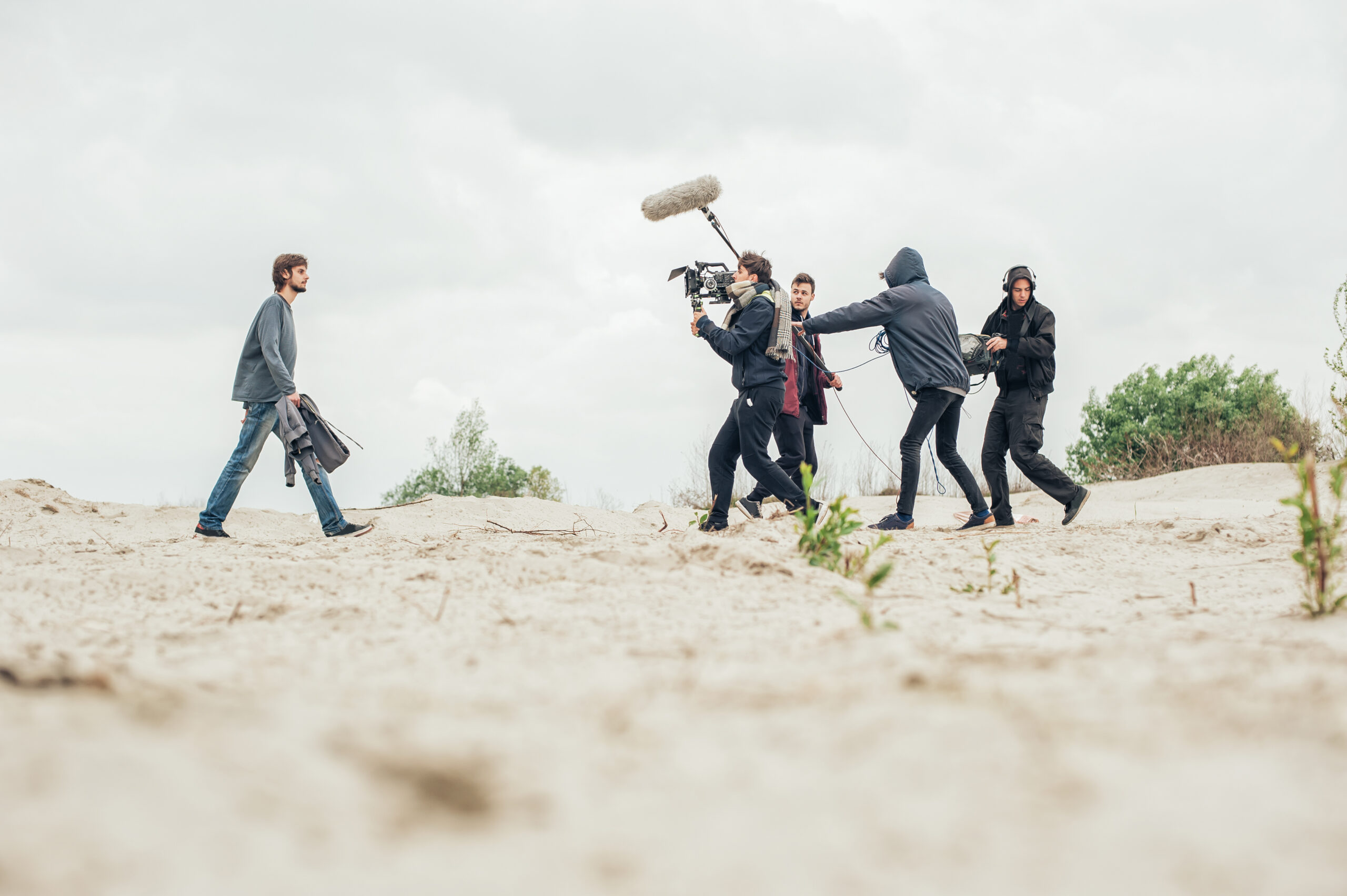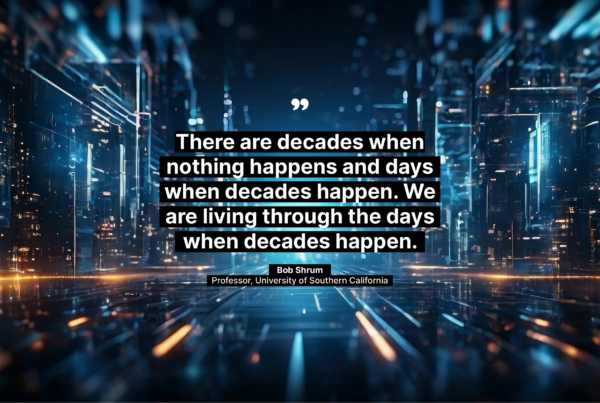Elsewhere on the site, we recently covered why case studies are so effective. For us, perhaps the strongest reason case studies always pick up gongs at the ‘What Wins In Marketing?’ awards lies in social proof.
Let’s play a quick game. You’re spending the night in an unfamiliar hotel room. At midnight, the fire alarm starts honking away. Do you:
For most of us, it’s (2). See, we’re social animals. We tend to look to others when deciding what to do. Case studies – at least, well done case studies – focus on a user’s journey with a particular product or service. They paint a picture of a complex problem – from a real person, like you – and see that problem overcome.
That’s powerful. The power of case studies also lies in their ability to:
Show real-world value
Be more easily recalled
Be fairly low-cost and quick to do
Showcase and celebrate success.
Because it’s all very well and good you telling someone how good your product or service is. But someone else singing your praises? That’s psychological utopia for customers-in-waiting. Yet there’s an elephant in the room.
And it’s an elephant hovering over a keyboard looking hesitant. Because, well, how do you actually put together a case study that does the material justice? What are the pitfalls? How can you make a case study shine? And why on earth should you include magnetic headers? Here’s how.

A good case study always starts with a good amount of research. Research the product or service. Research the companies that have used the product or service and benefited from it. Speak with customers who have used the product or service. If your research is done well, the rest of the case study has a good chance of flowing effortlessly.
Next up: structure. A case study should have a neat beginning, middle and end. Or, a problem, a solution to that problem, and the outcome or results. Scaffolding for most case studies will include:
- a heading that demonstrates clear value to the reader
- An eye-catching image, or perhaps even a video, showing the user’s success
- an arresting opening that will grab your reader’s attention
- a snapshot of the situation
- sections where you identify the problem
- sections where you overcome the problem
- lessons learned and wider benefits, including stats and data proof points
- a summary and the gleaming future that lies ahead.
So: you’ve done your research and have a framework on which to hang your case study.
Next, you’ll want to cover that scaffolding with material. Here’s how.
Need a hand?
If you need a hand putting together your next batch of case studies – whether written, filmed, or both - or if you have any questions or just want to say ‘hi’, don’t hesitate to drop us a line.




